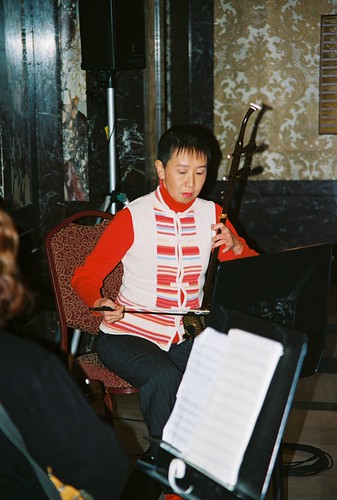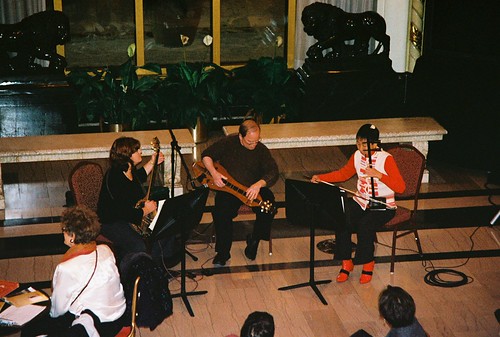More than eight million people live in the five boroughs of New York City. They have more than 150 elected legislative representatives, from the local level to Congress. Keeping tabs on the people who represent you is a difficult task.
Represent
That’s the idea behind Represent, an interactive feature we launched in beta last week. Using your address as a starting point, Represent figures out which political districts you live in and who represents you at different levels of government. It draws maps that show how where you live fits into the political geography of the city. And using information collected from around the Web, it presents a customized activity stream that tracks what the people who represent you are doing.
Hat tip to Paul Ramsey (The Clever Elephant) for pointing to this.
I've been teach myself the use of Geographic Information Systems (GIS). Specifically, the use of spatially enabled database. The general idea is take a dataset that includes locations (such as addresses) and display and analyze the spatially. The display part is actually pretty easy. From a list of addresses there are many tools to get a longitude and latitude, then create an ESRI shapefile. I've been using uDig to view shapefiles.
But the real goal is to do analysis. You could link a GIS viewer with a database to view items based on some parameter. uDig, QGIS, and ArcView all have this capability. But the real way to do this is to connect this to a spatial database so you can use all of your standard reporting tools. And you could produce reports based on any set of criteria (such as buffers or overlays) Commercially, the provider of GIS tools is ESRI with their ArcGIS family of systems. And if you want to do more then just look at the data, there are a very few database management systems that could handle spatial data. Oracle, Informix, DB2, SQL Server (I think the very latest version has spatial capability), and PostGIS. For the commercial systems, they don't come fully spatially enabled out of the box, you have to buy the more expensive versions. PostGIS is the exception. It is freely distributable. Which is important if you are just exploring and don't have money. Or you are looking at applications that are for someone who does not have money.
Anyway, it turns out the technology team at the New York Times has been doing a variety of projects with the website, using technology to provide many different visualizations of the information (not just stories) in the New York Times. Some of the good ones are the Faces of the Dead project, which provides stories about individual servicemen and women killed in Iraq, and the Election Results Map, which graphically displays the election results in a variety of different ways, which tells a story much differently then you can using only words.
The Represent project is another project. It takes an address, then determines what districts you live in (local, state federal) and who represents you. Then it goes and searches the New York Times, and a variety of data sources to let you know what they have been up to, how they have voted recently, and what is coming up (in their public schedule. And the tools they use was driven by the fact they needed to use an open source (freely available) spatial database, which means PostGIS. (They use GeoDjango web framework to build the website, which includes extensions to Django web framework that allow the Object Relational Mapper (ORM) to work with spatial data fields.
Why is this cool? Well, it is what some call a mash-up, it is a way to re-purpose and reuse data, in this case news articles. And in the case of the New York Times, create something that cannot exist anywhere else, to deliver timely, local information. Just what a newspaper is supposed to do.

